HESI RN Nursing Specialty
Total Questions : 78
Showing 25 questions, Sign in for moreThe practical nurse (PN) is caring for a postpartum client who delivered 5 hours ago and has saturated a perineal pad with a few clots within 15 minutes.
Which action is most important for the PN to implement?
Explanation
The most important action for the PN to implement is to **assess the vital signs**. Saturation of a peripad within 15 minutes to 1 hour after delivery must be promptly reported. Data such as the amount of bleeding, the condition of the uterus, checking the maternal vital signs, and observing for signs of shock would play a vital role in the care of the patient with hemorrhage¹. Early recognition and treatment of PPH are critical to care management.
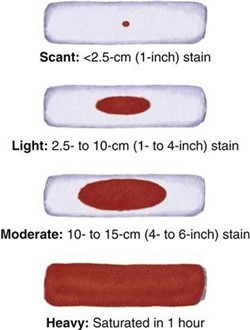
Another person tells the practical nurse (PN) that her 7-year-old child frequently wets the bed at night. Which information should the PN provide?
Explanation
The PN should provide the information that it may be helpful to **try withholding fluids after supper and before bedtime**. Bedwetting is common and often runs in families. It can be upsetting, but most children and young people will grow out of it³. It’s not unusual for kids to wet the bed at night. Known formally as pediatric enuresis, uncontrolled nighttime urination affects as many as 5% to 10% of 7-year-olds in the United States.
The practical nurse (PN) enters an examination room to gather routine health information for a teenage female client who is accompanied by her mother. Which action by the PN is likely to facilitate accurate responses to personal and social history questions?
Explanation
The action by the PN that is likely to facilitate accurate responses to personal and social history questions is to **request that the mother leave the exam room**. The personal and social history contains many areas of special sensitivity to adolescents including such issues as drug and alcohol use and sexual activity. The teen should provide the personal and social history, not the parent⁴.
Following the prenatal clinic's screening protocol, the practical nurse (PN) is preparing laboratory prescriptions for clients who are scheduled to be seen today. Which screening test should be scheduled for a client who is gravida 4 para 3 at 16-weeks gestation?
Explanation
The screening test that should be scheduled for a client who is gravida 4 para 3 at 16-weeks gestation is **Maternal serum alpha-feto protein (MSAFP)**. Second trimester prenatal screening may include several blood tests, called multiple markers. These markers provide information about a woman's risk of having a baby with certain genetic conditions or birth defects. Screening is usually done by taking a sample of the mother's blood between the 15th and 20th weeks of pregnancy (16th to 18th is ideal)².

The practical nurse (PN) caring for a 3-month-old boy one day after a pyloromyotomy notices that the infant is restless, is exhibiting facial grimaces, and is drawing his knees to his chest. What action should the PN take?
Explanation
The infant's symptoms are consistent with postoperative pain, which can be expected following a surgical procedure like pyloromyotomy. The PN should administer the prescribed analgesic medication to relieve the infant's discomfort and pain. It is crucial to manage pain appropriately in infants to promote healing, improve feeding tolerance, and prevent complications.
Option A is not appropriate as the infant's symptoms are not indicative of hypoglycemia.
Option C is not appropriate as the infant's symptoms do not indicate hypothermia.
Option D is not appropriate as the infant's symptoms do not indicate dehydration.
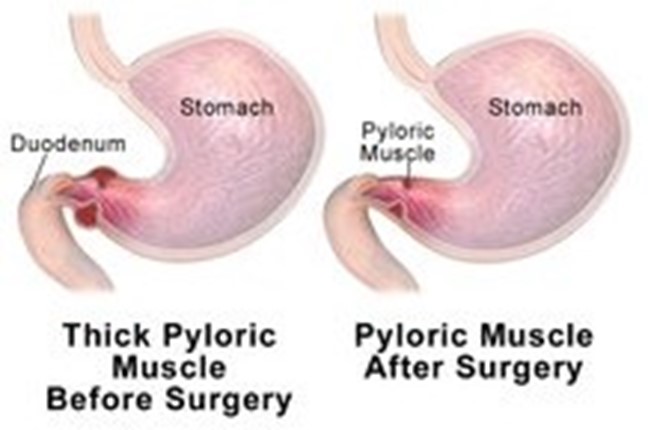
A normal newborn is admited to the nursery and receives an injection of Phytonadione. The father is watching the nurse administer the injection and asks the practical nurse (PN), "Will my baby get another injection before we can go home?"
Which response is best for the PN to provide?
Explanation
The best response for the PN to provide is that **an immunization may be administered for hepatitis B, and a consent form must be signed**. Phytonadione is a form of vitamin K that is given to newborns to prevent vitamin K deficiency bleeding (VKDB)¹. Vitamin K should be administered to all newborn infants weighing>1500 g as a single, intramuscular dose of 1 mg within 6 hours of birth¹. However, this is not the only injection your baby may receive while in the newborn nursery. An immunization for hepatitis B may also be administered before you can go home⁴.
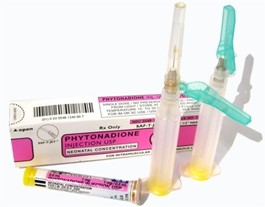
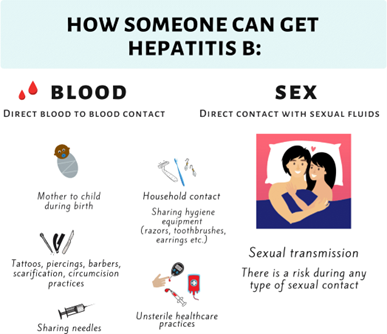
The practical nurse (PN) is caring for a 4-year-old girl with a moderate developmental disability. Which is the primary goal of treatment for a child with a developmental disability?
Explanation
The primary goal of treatment for a child with a developmental disability is to help the child reach their full potential, despite their disability. This involves identifying and addressing any barriers to the child's development and providing them with the necessary support and interventions to promote their growth and development. It is important to focus on the child's abilities and strengths rather than their limitations.
Option B is incorrect as it focuses on rehabilitation, which is not the primary goal of treatment for a child with a developmental disability.
Option C is incorrect as it refers to preventing further disability, which may not always be possible depending on the cause of the disability.
Option D is incorrect as it focuses on social acceptability, which is not the primary goal of treatment for a child with a developmental disability.
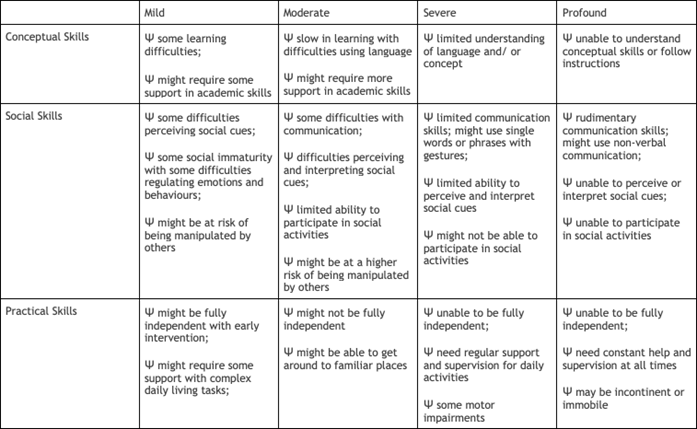
An older female client is admited to the orthopedic unit following surgical repair of a fractured hip. On the second postoperative day, the client becomes confused and repeatedly asks the practical nurse (PN) where she is. Which information should the PN obtain before reporting to the charge nurse?
Explanation
The practical nurse (PN) should obtain information about the client's current medications, including any analgesics or antianxiety medications that may be contributing to the confusion. These medications can cause cognitive impairment and confusion, especially in older adults. It is important to assess the client's mental status and identify any potential causes of confusion, as this can indicate a change in the client's condition that requires further evaluation and intervention.
Option B is incorrect as it refers to a history of situational depression, which may not be relevant to the current situation.
Option C is also incorrect as it refers to previous falls, which may not be related to the current confusion.
Option D is incorrect as it refers to the client's history of alcohol abuse, which may be important to know but is not the most relevant information to obtain in this situation.
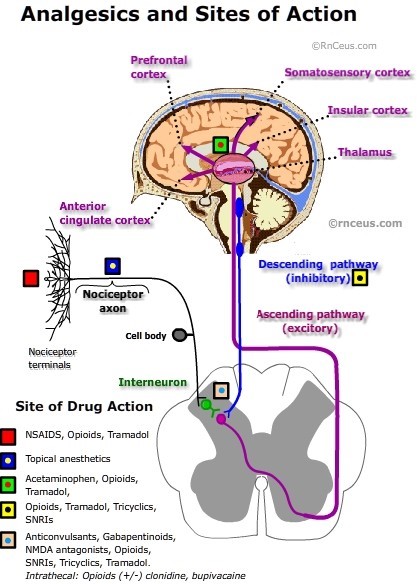
The mother of a child who is hospitalized with croup and is in a mist tent brings the child's favorite stuffed animal to the hospital. Which action should the practical nurse (PN) take?
Explanation
This is a common practice in healthcare settings and can provide comfort to the child during a difficult time. The PN should ensure that the stuffed toy is clean and does not pose a risk of infection to the child. It is not necessary to spray the toy with disinfectant or limit play with it when out of the tent. Asking the mother to wash the toy daily at home may be impractical and is not necessary if the toy is kept clean while in the hospital.
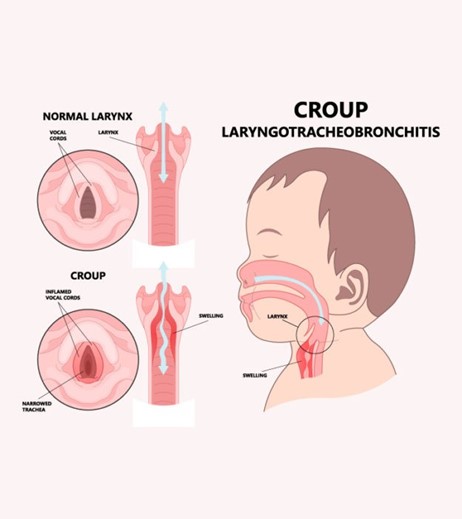
A postpartum client who is Rh-negative refuses to receive Rho(D) immune globulin after the delivery of an infant who is Rh-positive. Which information should the practical nurse (PN) provide this client?
Explanation
When a Rh-negative mother gives birth to a Rh-positive baby, there is a risk that the mother's immune system will develop antibodies against the Rh-positive factor. These antibodies can cross the placenta in future pregnancies and atack the Rh-positive fetus, leading to hemolytic disease of the newborn. Rho(D) immune globulin is given after delivery to prevent the formation of these antibodies. The PN should explain this to the client and encourage her to reconsider her refusal of the treatment. Answers A, B, and C are incorrect and do not provide accurate information.
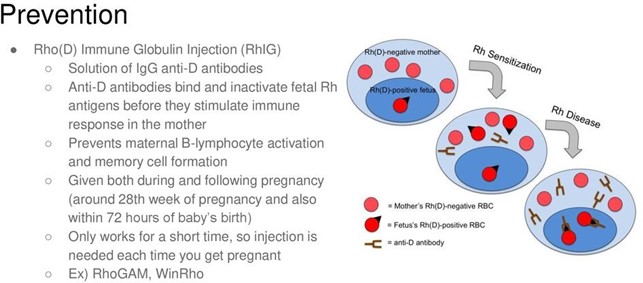
An older adult female client is admited to the psychiatric unit for assessment of a recent onset of dementia. The practical nurse (PN) notes that in the evening, the client becomes restless, confused, and agitated.
Which instruction should the PN provide to the unlicensed assistive personnel who is assisting in the care of the client?
Explanation
Restlessness, confusion, and agitation in the evening are common symptoms of sundowning, which is a condition that affects some older adults with dementia. Offering to walk around the hallways with the client can provide a calming effect and reduce the symptoms of sundowning.
Dimming the lights may actually increase confusion and agitation, and leaving the client alone may increase feelings of isolation and fear.
Measuring the client's vital signs may not be necessary unless there are specific medical concerns.
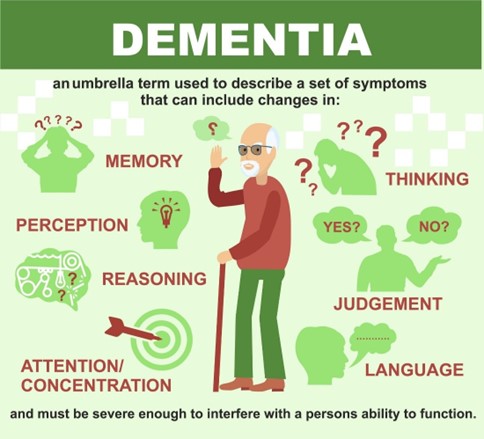
A 3-week-old infant is admited to the pediatric unit with vomiting and dehydration. The mother describes the infant as having projectile vomiting after eating. She also tells the practical nurse (PN) that the baby is always hungry. Which finding warrants immediate intervention by the PN?
Explanation
This finding may indicate a potential cardiac issue that needs immediate medical atention. Projectile vomiting and excessive hunger in a young infant may be signs of pyloric stenosis, a condition in which the muscle between the stomach and small intestine thickens, making it difficult for food to pass through.
Hyperactive gastric sounds may be present with vomiting, but it is not an immediate concern.
Crying without tears may be a sign of dehydration, but it is not an immediate concern.
Underweight for age is a concern but it is not a finding that requires immediate intervention.

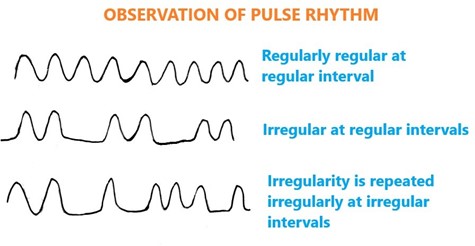
A client with blood type AB negative delivers a newborn with blood type A positive. The cord blood reveals a positive indirect Coombs' test. What is the implication of this finding?
Explanation
A positive indirect Coombs' test indicates that the mother has developed Rh antibodies against the baby's Rh-positive blood. This finding can result in hemolytic disease of the newborn, which is a condition in which the mother's Rh antibodies atack the baby's red blood cells, causing destruction and potential anemia.
The baby may require phototherapy for physiologic jaundice, but the Coombs' test result indicates a different issue.
The presence of an infectious blood-borne disease cannot be determined from this test.
The mother may still need Rho (D) immune globulin injections after delivery of an Rh-positive baby.

A mother calls the clinic to report that her child has just swallowed "poison" and is vomiting. In preparing to instruct the mother about the necessary action to take, which substance should the practical nurse (PN) consider to be the least traumatic to the esophagus when the child vomits?
Explanation
Vitamin tablets are unlikely to cause significant harm to the esophagus if the child vomits after ingesting them. However, toilet bowl cleaner and kerosene are corrosive substances that can cause serious damage to the esophagus and other tissues if ingested.
An unknown substance cannot be evaluated for potential harm to the esophagus.
In any case, the mother should be advised to seek immediate medical attention for her child if they have ingested any potentially harmful substance.
The PN should also follow their facility's policies and procedures for managing cases of poisoning or suspected poisoning.
A client who is multiparous at 36-weeks gestation is diagnosed with placenta previa. The practical nurse (PN) should monitor this client for which condition?
Explanation
Placenta previa is a condition in which the placenta partially or completely covers the cervix, which can lead to vaginal bleeding during pregnancy. In severe cases, this bleeding can be life-threatening and can lead to hemorrhage. Therefore, the PN should closely monitor the client for any signs of bleeding or hemorrhage, such as excessive vaginal bleeding, hypotension, tachycardia, or signs of shock. The PN should also ensure that the client receives appropriate medical interventions and that emergency measures are in place in case of sudden bleeding or hemorrhage.

The practical nurse (PN) is giving new parents discharge instructions. Which instruction should the PN reinforce with the parents regarding care of their newborn's umbilical cord?
Explanation
Newborns have a stump of the umbilical cord attached to their belly button which eventually falls off within 1-2 weeks. During this time, it is important to keep the area clean and dry to prevent infection. The PN should instruct the parents to clean the area with water and a clean cloth or cotton swab, and then gently pat the area dry with a clean towel. The parents should also be advised to avoid using any harsh soaps, lotions, or alcohol on the cord stump, as this can cause irritation or delay the healing process. It is not recommended to cover the cord stump with a sterile dressing unless specifically instructed to do so by a healthcare provider.
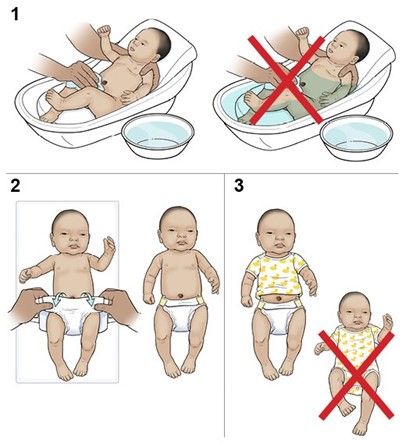
A male client with paranoia has been admitted to the mental health unit, and upon arrival, he immediately goes to the corner of the room and sits quietly without communicating. In approaching the client, what intervention should the practical nurse (PN) implement first?
Explanation
The first intervention the PN should implement is to **sit and offer to listen to the client's concerns**. It is important to approach the client in a calm and non-threatening manner and to establish a rapport with him. Offering to listen to his concerns can help the client feel heard and understood, and can help build trust between the client and the PN.
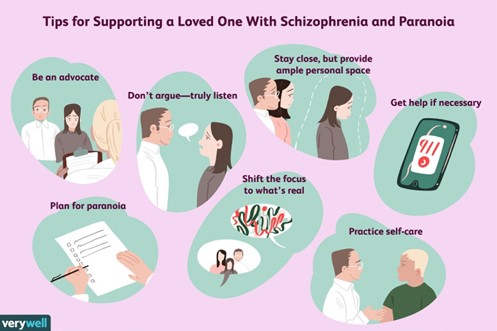
The practical nurse is evaluating a male client with paranoia. Which behavior can this client be expected to exhibit?
Explanation
A male client with paranoia can be expected to exhibit behavior such as being **openly hostile to others for no apparent reason**. Paranoia is a mental health condition characterized by intense and irrational mistrust or suspicion of others. This can lead to hostility and aggression towards others, even when there is no apparent reason for it.
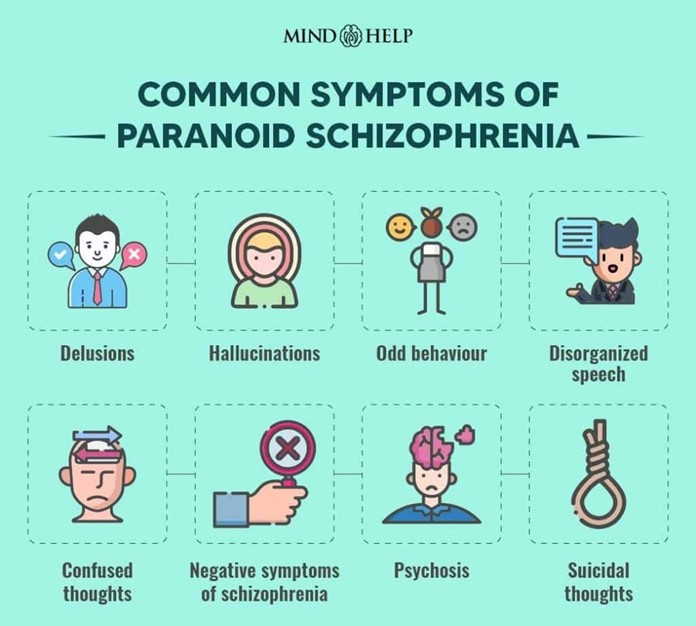
The practical nurse (PN) is caring for a client who has been diagnosed with gestational diabetes mellitus. Which complication should the PN recognize as the greatest risk to the fetus if euglycemia is not maintained?
Explanation
Gestational diabetes mellitus (GDM) is a type of diabetes that occurs during pregnancy. If euglycemia, or normal blood glucose levels, is not maintained during pregnancy, the fetus can be at risk for a number of complications. The greatest risk to the fetus in this situation is the development of a macrosomic newborn, or a newborn that is significantly larger than average. This occurs because the excess glucose in the mother's bloodstream is passed on to the fetus, leading to excessive fetal growth.
Macrosomia can lead to complications during delivery, such as shoulder dystocia, and can increase the risk of injury to both the mother and the baby. While low birth weight and preterm birth are also potential complications of GDM, macrosomia is considered the greatest risk to the fetus if euglycemia is not maintained. Cleft palate is not typically associated with GDM.
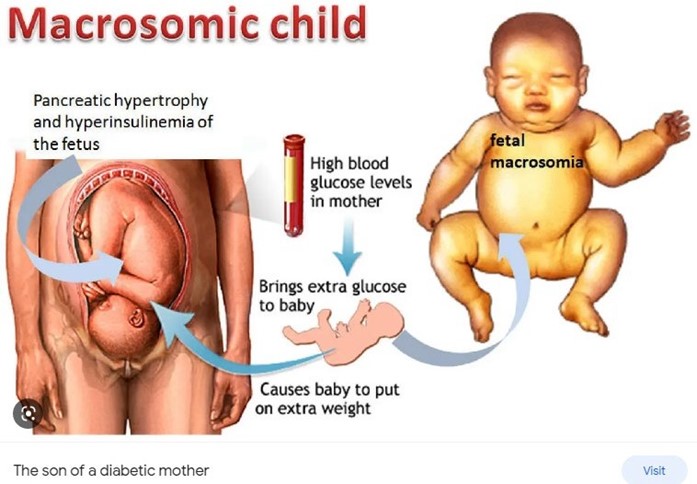
The practical nurse (PN) is preparing a client at 22-weeks gestation for an amniocentesis. Which instruction should the PN give to this client?
Explanation
Amniocentesis is a prenatal test that can diagnose genetic disorders and other health issues in a fetus. A provider uses a needle to remove a small amount of amniotic fluid from inside your uterus, and then a lab tests the sample for specific conditions². It is important to empty your urinary bladder prior to the procedure ².
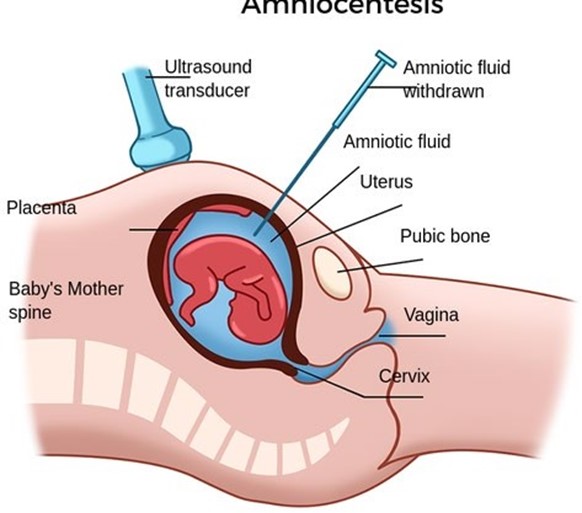
The practical nurse (PN) is assigned to assist in the care of a client at 34-weeks gestation with premature rupture of membranes (PROM). Four hours after admission, the PN recognizes an increasing trend in the maternal heart rate. Which action should the PN take?
Explanation
An increasing trend in maternal heart rate is a sign of fetal distress, which can be a serious complication of PROM. One of the primary interventions for fetal distress is to increase oxygen delivery to the fetus. The practical nurse should initiate oxygen via face mask at 8 to 10 L/min to improve fetal oxygenation.
Contact precautions may be necessary for certain conditions, but they are not indicated for an increasing maternal heart rate.
Inserting a urinary catheter may be appropriate for monitoring output, but it is not the first priority in this situation.
Encouraging the client to push is not appropriate because the client is not in active labor and pushing can cause further complications.
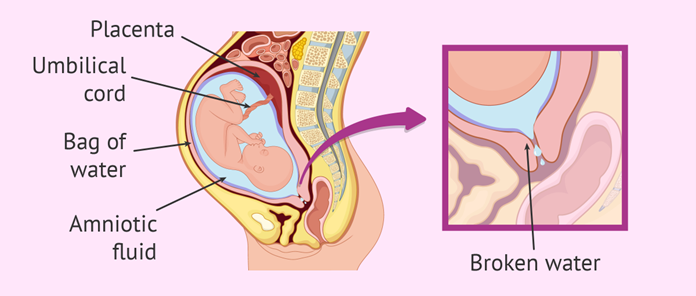
A client with a major depressive disorder is admitted to the inpatient psychiatric unit. Which intervention should the practical nurse (PN) use to demonstrate support of the client?
Explanation
One of the most important interventions in caring for clients with major depressive disorder is building a therapeutic relationship. Scheduling regular periods of time for interaction with the client demonstrates support and provides an opportunity for the client to express their feelings and concerns. Journaling and self-reflection can be helpful interventions for some clients, but they do not necessarily demonstrate support.
Assisting the client to identify symptoms of depression is important for assessment and care planning, but it is not a way to demonstrate support.
Incorporating animated communication techniques may be appropriate for certain clients, but it is not a universal intervention for supporting clients with major depressive disorder.

The practical nurse (PN) notes several nutritional goals in a standardized plan of care used in the antepartum clinic. Which client goal takes priority?
Explanation
The priority goal for the practical nurse (PN) in the antepartum clinic is to ensure that the client recognizes the dangers of alcohol use during pregnancy. Alcohol consumption during pregnancy can lead to fetal alcohol syndrome and other developmental disorders. It is important for the client to understand the risks associated with alcohol use and to avoid it during pregnancy. The other goals are also important but recognizing the dangers of alcohol use takes priority.
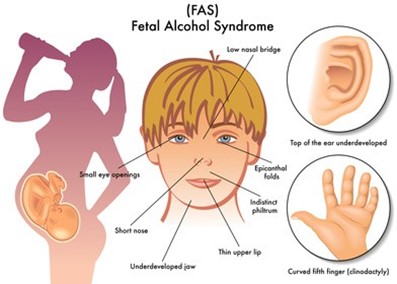
A client on the mental health unit has been scowling and rapidly pacing up and down the hall for several minutes. Which behaviors are most important for the practical nurse (PN) to monitor?
Explanation
The most important behaviors for the practical nurse (PN) to monitor in this situation are argumentativeness and use of profanity. These behaviors may indicate that the client is becoming agitated and may pose a risk to themselves or others. The PN should closely monitor the client's behavior and take appropriate action to ensure the safety of the client and others on the unit. The other behaviors listed may also be important to monitor, but argumentativeness and use of profanity are the most important in this situation
The father of a newborn asks the practical nurse (PN) why an injection is being given to his baby. Which response by the PN best explains the purpose of administering Phyto menadione injectable to newborns?
Explanation
Phyto menadione injectable, also known as vitamin K1, is commonly given to newborns to prevent hemorrhagic disease of the newborn (HDN), a bleeding disorder that can occur due to vitamin K deficiency in the first few days of life. Vitamin K is important for the production of clotting factors in the liver, and newborns are at risk of vitamin K deficiency because it does not cross the placenta well and their intestinal flora is not yet established. The other options do not accurately describe the purpose of administering Phyto menadione injectable to newborns.
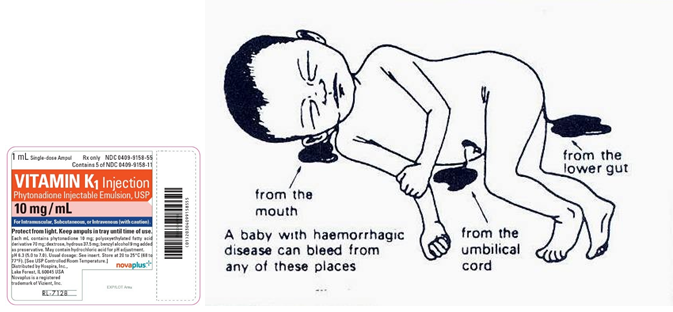
Sign Up or Login to view all the 78 Questions on this Exam
Join over 100,000+ nursing students using Nursingprepexams’s science-backend flashcards, practice tests and expert solutions to improve their grades and reach their goals.
Sign Up Now

